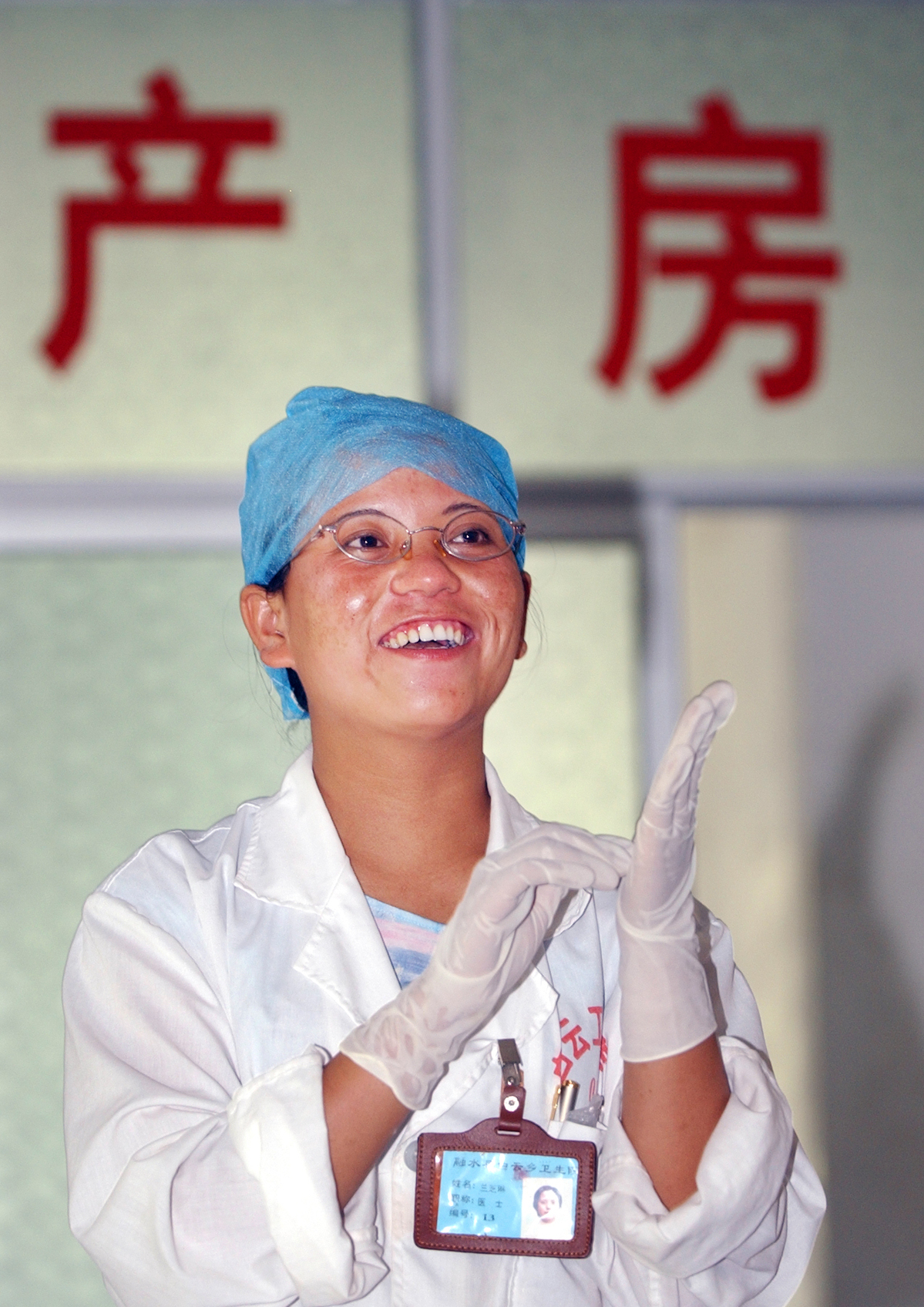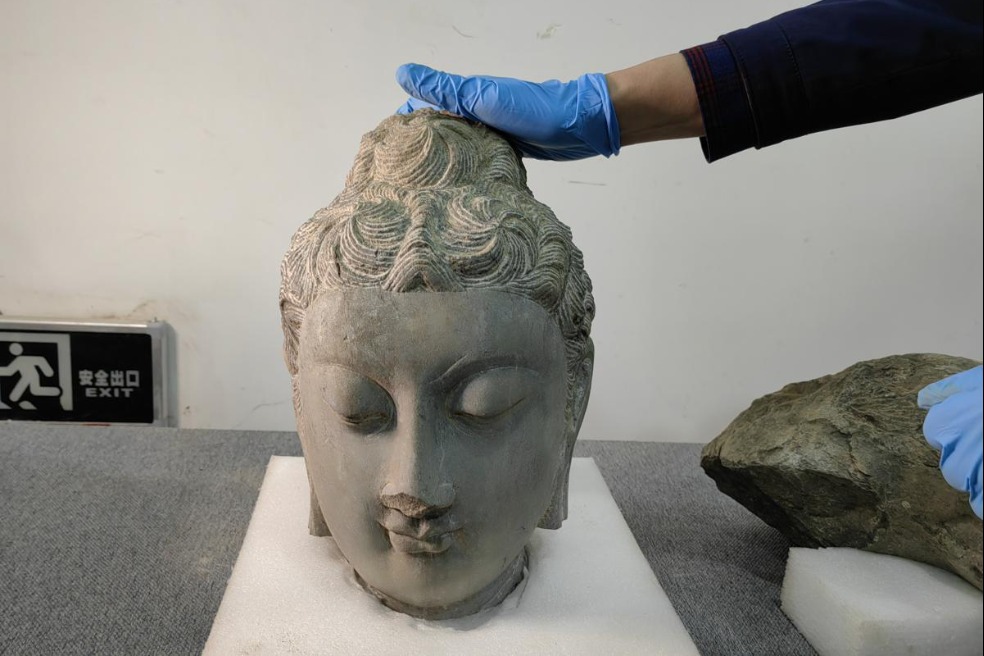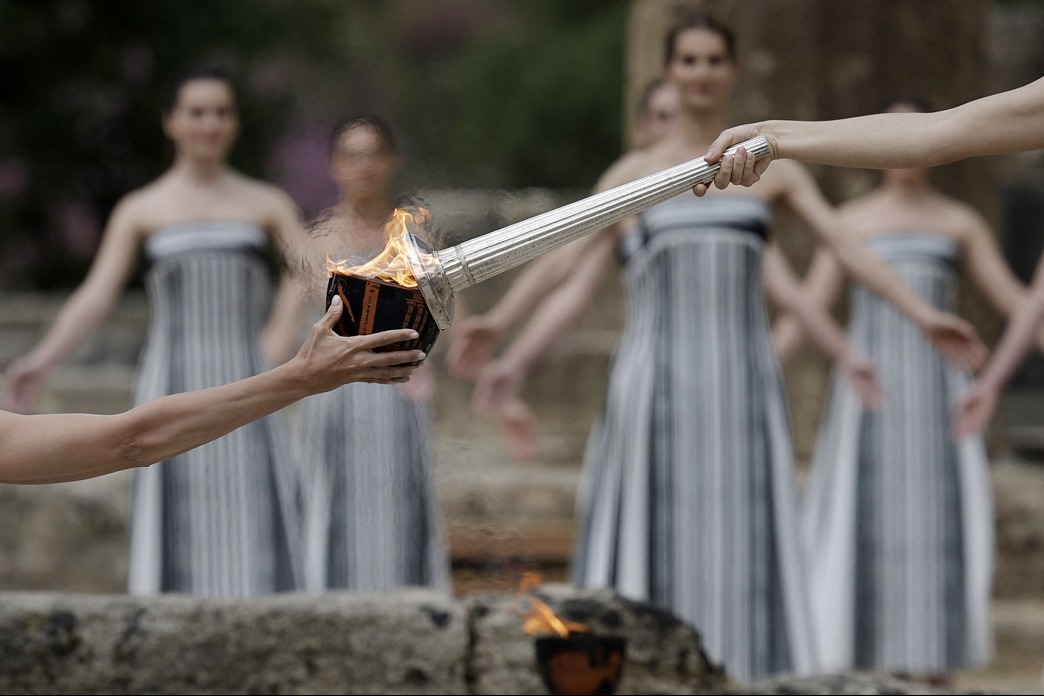30 years on, Spring Bud project bears fruit
China Daily | Updated: 2019-12-11 10:12

BEIJING - Thanks to the Spring Bud project, Lan Zhilin became the first female doctor in her hometown, something that would be unthinkable a few years back.
She was among the first group of 49 girls to go to school in Rongshui, Guangxi Zhuang autonomous region. For centuries, the Yao ethnic people believed it was unnecessary for girls to receive an education.
About 100 kilometers north of Rongshui sits Baiyun township, where Lan was born.
Tucked away deep in the mountains, Baiyun was one of the poorest areas in China. Food was scarce and life was hard. Girls were usually married before 16 and no longer the responsibility of their families.
So the consensus was: "Why bother sending them to school?"
To eradicate poverty and adopt modern attitudes, the local government, despite a tight budget, earmarked funds to open a class for girls in 1988.
But bigger challenges were in store. Teachers had to pay home visits again and again to persuade parents to let their daughters attend. Over half the students skipped school in the first year.
"I saw them as my own children. I hoped to change their minds with my love and patience," said Wu Ruiping, one of the teachers.
In 1992, the Spring Bud project included the first Yao girls' classes in its assistance projects. Spring Bud was launched in 1989 by the China Children and Teenagers' Fund under the leadership of the All-China Women's Federation, to boost education attendance in rural areas where gender bias runs deep.
Unlike her mother, who was married at a very young age, Lan took a completely different path.
In 1997, she was admitted to a medical school in the regional capital of Nanning.
She later graduated, but could not find a job.
One night, a fire broke out in her neighborhood. After the fire was contained, another emergency arose-Lan's sister went into labor. Composed, Lan prepared for the delivery.
Using the skills she gained at medical school, she delivered a healthy baby girl.
Two years later, she became a gynecologist and obstetrician at the hospital in her hometown and has since delivered more than 2,000 babies.
"It's a sacred moment when a baby comes into the world. It's my honor to be there to help them. I will devote my life to this great cause," Lan said.
Besides Lan, many of the project's beneficiaries have become the first female teachers, government employees or other important contributors to society among the Yao people.
The Spring Bud program has bloomed across China over the past 30 years, with its public donations topping 2.1 billion yuan ($300 million).
The project has also been expanded to help poor female students in colleges and vocational schools.
Zhu Xisheng, the foundation's secretary-general, said the program has helped 3.69 million financially strapped girls go to school, funded 1,811 rural schools and circulated millions of pamphlets helping young girls identify and avoid sexual harassment.
Xinhua
























